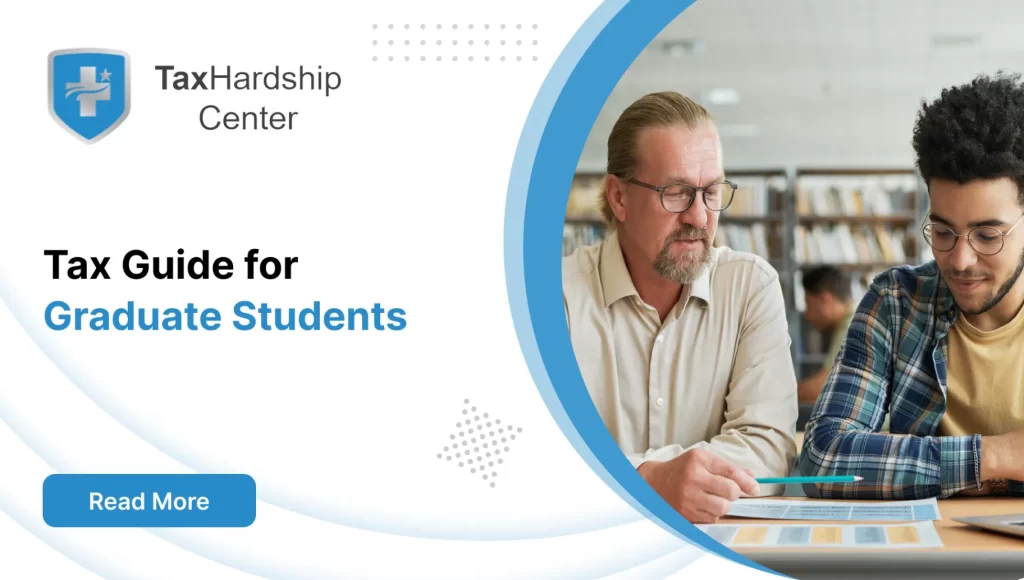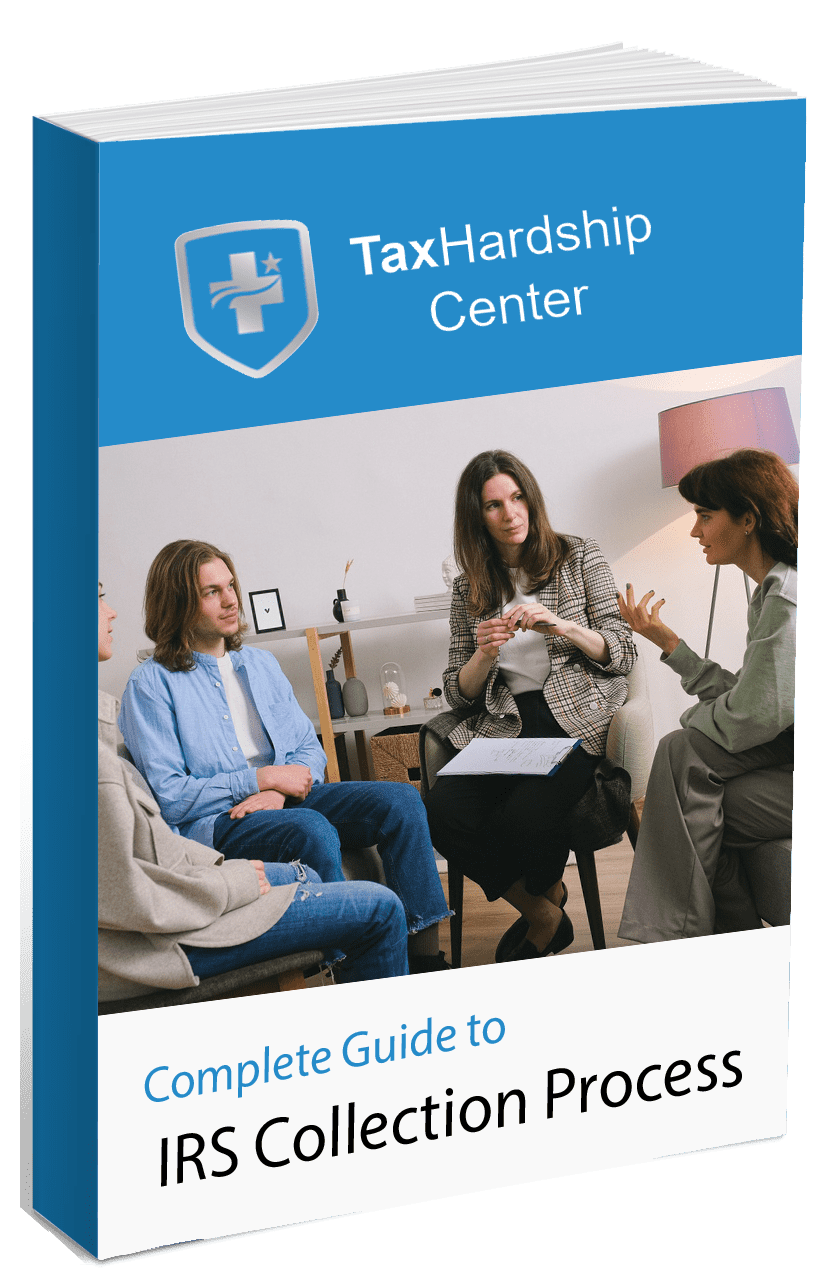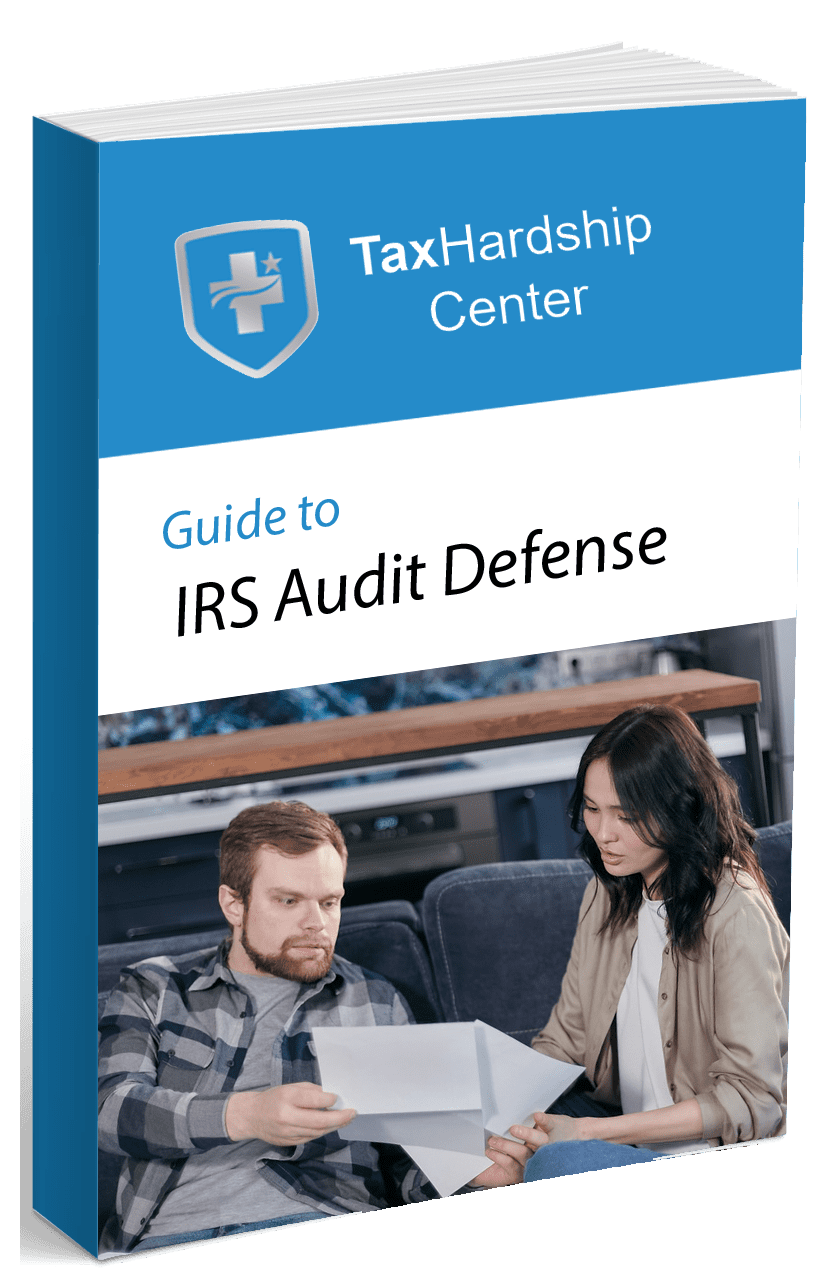The IRS Fresh Start program was created to provide first-time tax offenders a second chance. It allows taxpayers to pay off their tax arrears over a six-year period with monthly payments determined by their current income and liquid asset worth.
Main Features of the IRS Fresh Start Program
The Fresh Start Program simply helps people pay off their significant tax obligations by:
- Raising the amount triggering Federal Tax Liens (FTLs) from $5,000 to $10,000. It was eventually increased to $25,000, which resulted in fewer FTL filings.
- More frequent FTL withdrawals for taxpayers who accept a Direct Debit Installment Agreement;
- Simple FTL releases upon debt repayment;
- Simple Installment Agreements for small enterprises.
- Making the Office-In-Compromise (OIC) program more accessible to taxpayers by streamlining and broadening its eligibility requirements.
- Increasing the types of expenses and amounts (such as school loans, various tax bills, and affordable living expenses) is considered fair by the IRS when determining how much taxpayers could reasonably pay each month.
Misconceptions surrounding the IRS Fresh Start Program
When it comes down to it, there is no such thing as a magic wand to solve tax problems. Specific programs and especially favorable recommendations can help to tackle some issues. However, there are certain myths about the IRS Fresh Start Program, which this article debunks to assist you in understanding the provisions for tax debt relief.
Myth 1. You can get rid of your tax problems completely.
No matter how many steps you take, your tax difficulties will never be eliminated entirely, even if you are enrolled in the IRS Fresh Start Program.
The Fresh Start Program is a chance to start over and should be viewed as such. This is your time to make amends with the IRS and demonstrate that you treat the offence seriously. Because they are granting you credible flexibility, they expect you to be compliant in the future. You must demonstrate compliance while keeping up with your payments until your agreement is completely fulfilled.
Myth 2. It is a good idea to file for “Offer in Compromise” regularly.
The IRS has three years to compute extra tax liabilities or provide refunds and ten years to recover unpaid taxes. The regulations or timetables are collectively called the “Statute of Limitations.”
Many taxpayers frequently make the mistake of submitting Offers in Compromise to keep the IRS at bay and settle back taxes as “pennies for dollars.” However, because it takes more than a year for an Offer in Compromise to be reviewed after initial submission, the 10-year statute of limitations is suspended by the IRS during that time, which essentially means that unless the OIC is exceptionally reasonable and approved by the IRS, delinquent taxpayers cannot avoid paying their taxes in full.
Myth 3. Demonstrating a negative cash flow to qualify for an Offer in Compromise is sufficient.
OICs have a low approval rate and are generally accepted on two conditions. First, if a taxpayer alleges a tax error and does not owe the IRS or can demonstrate that there are no other options for paying back overdue taxes. Many people believe that insufficient money to settle outstanding bills qualifies them for an OIC. However, the IRS takes a different approach in such cases.
The IRS assesses taxpayers’ ability to pay based on their assets and monthly disposable income, which only includes “allowable expenses” under local and national criteria. In other words, even if a person is living paycheck to paycheck and appears to be drowning in debt, the IRS may nevertheless disqualify their OIC if the IRS determines that the taxpayer has the required potential to clear their tax slate.
Myth 4. When OIC is being reviewed, taxpayers are not required to pay taxes.
Some people assume they can postpone paying current taxes if they submit an “Offer in Compromise” to the IRS. On the contrary, the IRS Fresh Start Program opposes such practices, and taxpayers are urged to file and pay their current taxes on time, regardless of any outstanding OIC. The IRS deals with millions of delinquent taxpayers, and waiting for the status of your OIC does not assist because it increases the likelihood that your OIC will be rejected.
An OIC can assist you in extending the due date for unpaid debt, but this will not prevent the inevitable. Taxpayers should thus approach trustworthy tax settlement firms to learn more about OIC guidelines and determine their eligibility for the program.
Myth 5. The IRS Fresh Start Program is not for businesses.
Businesses, especially self-employed individuals, are absolutely qualified for the IRS Fresh Start Programme. Working with a professional is essential here because various firms qualify for different forms of assistance.
It is crucial to remember that the Fresh Start IRS Program is a collection of rules and actionable plans offered by the IRS. This is why engaging with a tax relief advocate is so crucial. They will be able to put you in front of the plans that will provide you with the most relief and make the most sense given your circumstances.
Conclusion
Most taxpayers fear the IRS because it has the legal authority to use harsh collection techniques such as wage garnishment and asset seizure. As a result, taxpayers attempt to avoid paying due taxes, allowing fraudulent tax settlement firms to take advantage of them. If you are drowning in tax debt, an OIC or Partial Payment Installment can help you pay it off. Shortcuts with the IRS never work.
Behind all these misconceptions lies a simple ideology: Go cautiously and cross-check that you have all the essential documents and financial evidence to create a solid defence.
Staying educated and exploring and understanding the range of possibilities through a trustworthy professional is your best shot at negotiating a contract that works for you or your organization. Even if you believe you do not qualify for the IRS Fresh Start Program, a tax relief professional can still assist you.








